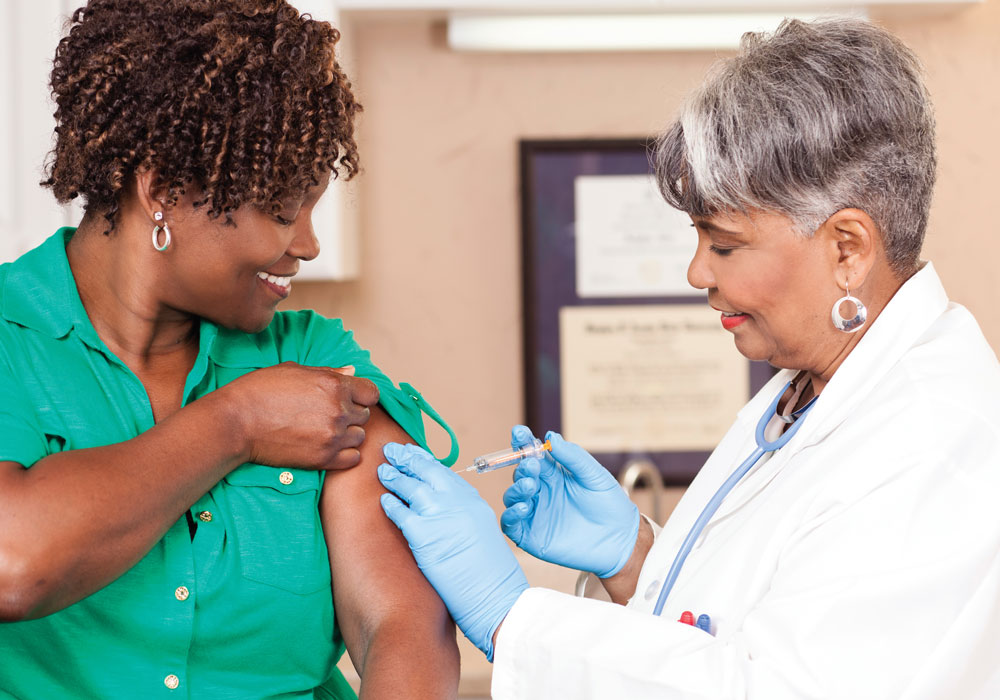Patients with cancer are at increased risk for complications from the common flu. Plus, ensuring they receive recommended influenza vaccinations will reduce flu-related healthcare demands and decrease stress on the United States’ healthcare system, which is crucial as the nation approaches 10 million COVID-19 coronavirus cases. In response, the Centers for Disease Control and Prevention (CDC) isn’t waiting until National Influenza Vaccination Week (NIVW), December 6–12, 2020, to promote vaccinations to high-risk populations.
“Only 56.4% of adults aged 18–64 years who have cancer (excluding skin cancer) reported receiving an influenza vaccination during the 2019–2020 influenza season,” Lisa Richardson, MD, MPH, director of CDC’s Division of Cancer Prevention and Control (DCPC), said in an email on November 17, 2020. “While we do not yet have a licensed COVID-19 vaccine, we do have a safe and effective influenza vaccine that has been used for more than 50 years.”
There’s no change to CDC’s timing recommendation for the vaccine in the 2020–2021 flu season. However, vaccinations should continue as long as flu viruses circulate, even into January or later. CDC recommended on October 20, 2020, that anyone aged six months and older receive the influenza vaccine, especially essential workers—like oncology nurses—and those in high-risk populations—such as patients with cancer.
CDC’s influenza immunization team, a facet of the COVID-19 Vaccine Task Force, collaborated with DCPC to compile a list of online resources to promote vaccinations among patients with cancer, including information for cancer caregivers and families, templates for Facebook and Twitter posts, and graphics encouraging Americans to #SleeveUp and fight the flu. DCPC also highlighted flu symptoms and what patients with cancer can do if they get sick.
The task force’s digital media toolkit includes multilingual materials on vaccine-related events and activities to engage with patients, all downloadable and customizable.
“We are focusing our efforts especially on communities of color, which bear a disproportionate burden in terms of serious flu illness and which continue to experience disparities in flu vaccination coverage,” CDC Director Robert Redfield, MD, said.
CDC also partnered with the Ad Council and American Medical Association for the No One Has Time for Flu campaign to educate the general public on the benefits of vaccinations, common misconceptions, and how to find a flu shot in their area. This aspect of the campaign is focused on disparities in the Black and Latinx/Hispanic communities, two populations with the least flu vaccination coverage. The campaign’s website is available in English and Spanish.
“Oncologists, hematologists, and the entire cancer care team can play a critical role in increasing influenza vaccination rates in their medically high-risk population,” Richardson said. “This can start by assessing vaccination status during each patient encounter and making strong vaccine recommendations.”






